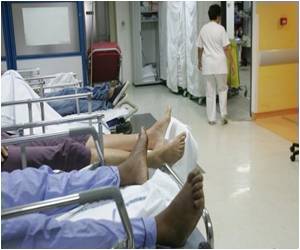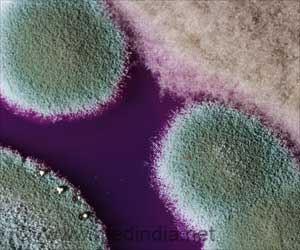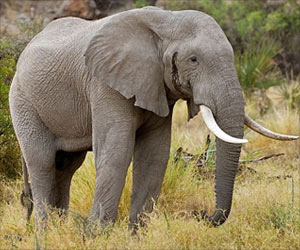In Sub-Saharan Africa, cryptococcal meningitis is well known leading cause of death in patients with HIV/AIDS after tuberculosis.

‘Cryptococcus neoformans can cause a severe form of meningitis, but mostly in individuals with a compromised immune system. Generally, healthy people's immune systems are able to ward off the infection. Cryptococcus gattii, on the other hand, can lead to meningitis in healthy individuals also.’





The fungi were found and identified by PhD student Jo-Marie Vreulink as part of her research in the Department of Microbiology at Stellenbosch University (SU). The findings of her research have now been published in the journal Fungal Ecology, with the title "Presence of pathogenic cryptococci on trees situated in two recreational areas in South Africa". This is the first time that both Cryptococcus neoformans and Cryptococcus gattii have been found in such large numbers on trees in South Africa. To date, only two studies (one from 2009 and the other published in 2011) have reported the presence of these pathogens in the South African environment.
C. neoformans causes a severe form of meningitis, mostly in individuals with a compromised immune system. Generally, healthy people's immune systems are able to ward off the infection. C. gattii, on the other hand, can lead to meningitis in healthy individuals also.
But while pathogenic cryptococci have been thoroughly researched from a clinical perspective, there is very little information available about their ecology and how they interact with the environment. This type of information can aid in curbing their spread from trees (their host) to the general public.
Prof Alf Botha, from SU's Department of Microbiology and Vreulink's study leader, says he has been searching for Cryptococcus in South Africa since 2003. Worldwide, entire research groups are focusing on finding these fungi in the environment.
Advertisement
Vreulink says initially they were looking for pathogenic cryptococci in woody debris sampled from pristine areas in South Africa, but with very little success. In 2007, as it became more and more evident worldwide that these fungi are found in areas where there is a combination of pigeons, old trees and large numbers of people, she changed tack and started looking in public spaces.
"It was late on a Friday afternoon and I was working alone. I decided to check on the petri dishes that I prepared from the samples collected in Cape Town. On most of the dishes brown colonies - typical of these cryptococcal pathogens - were growing. This was such a rare occasion that I started working immediately to transfer the colonies to new petri dishes for identification. I was scared to death that the colonies will be overgrown by other microorganisms if I left it over the weekend," she recalls.
As part of her MSc and later PhD studies, her research efforts have been focused on understanding the biology and ecology of the single-celled yeasts that make up these brown colonies. She compared their genetic makeup to that of pathogens isolated from patients in South Africa, as well as to that of pathogenic cryptococci found elsewhere. She also looked at their resistance to commonly used antifungals and how environmental factors affect their survival in trees.
While Vreulink only collected samples from the two public spaces, she believes these pathogens are everywhere: "Methods used to isolate these fungi are simply not sensitive enough."
But there is still a lot that needs to be understood: "For now, I'm focusing on the ecology of these yeasts. I want to understand the population dynamics, the genetics and how these it interacts with their environment. If we can understand how they survive out there, we can use this knowledge to better predict how they can survive in their human host.
"At the moment, my research is generating more questions than answers. But that makes it even more exciting!"
Source-Eurekalert











